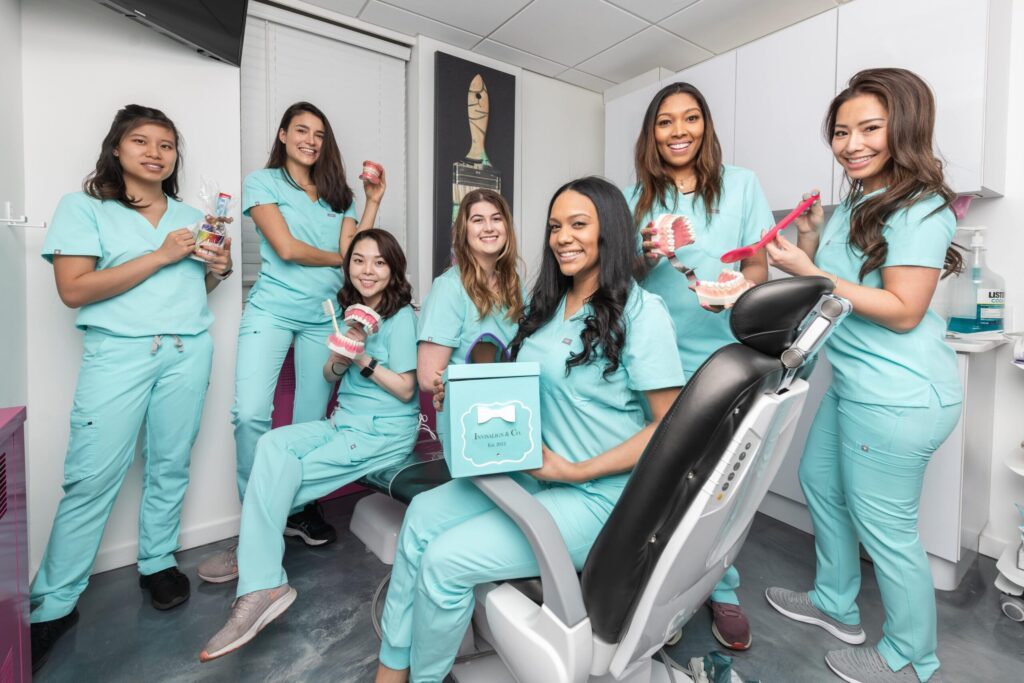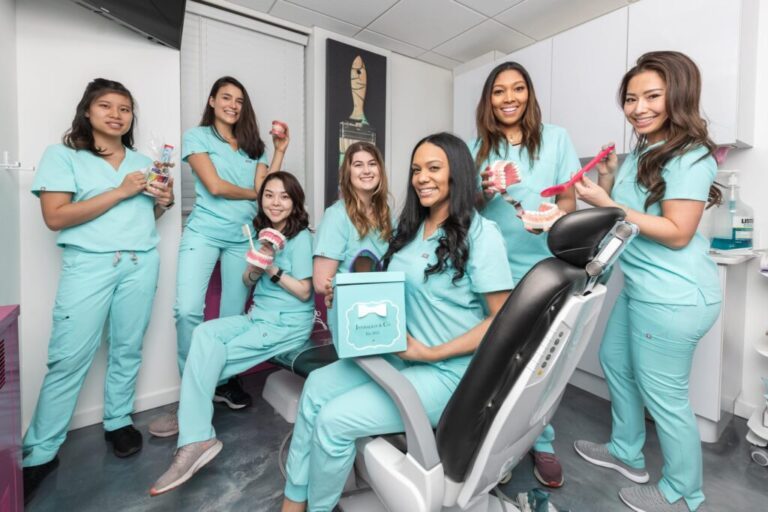As global demand for seafood continues to rise, the aquaculture industry faces challenges in maintaining productivity while ensuring sustainability. Traditional farming methods often rely on antibiotics to prevent diseases, but excessive antibiotic use leads to antimicrobial resistance, environmental damage, and food safety concerns.
To address these issues, aquaculture probiotics have emerged as a natural and effective alternative. These beneficial microorganisms help improve fish and shrimp health, enhance water quality, and reduce dependency on antibiotics. By integrating probiotics into farming practices, aquaculture can become more efficient and environmentally responsible.
The Role of Probiotics in Sustainable Aquaculture
Probiotics are live microorganisms, primarily beneficial bacteria and yeasts, that promote the health of aquatic organisms and their environment. They work by:
- Enhancing digestion and nutrient absorption.
- Boosting immune responses to fight infections.
- Outcompeting harmful bacteria and reducing disease outbreaks.
- Improving water quality by breaking down waste and pollutants.
Unlike antibiotics, which eliminate both harmful and beneficial bacteria, probiotics create a balanced microbiome, leading to long-term sustainability in aquaculture systems.
Reducing Antibiotic Use with Probiotics
Antibiotics have been widely used in aquaculture to control bacterial diseases, but their overuse has led to serious issues such as:
- Development of antibiotic-resistant pathogens.
- Residual antibiotics in seafood, affecting human health.
- Disruption of natural microbial communities in aquatic ecosystems.
Probiotics help minimize the need for antibiotics by:
- Preventing Diseases Naturally – By strengthening the gut microbiome and immune system, probiotics reduce susceptibility to infections.
- Competitive Exclusion of Pathogens – Beneficial bacteria outcompete harmful microbes for nutrients and space, limiting disease-causing organisms.
- Production of Antimicrobial Compounds – Some probiotic strains release natural substances that inhibit pathogenic bacteria, reducing the need for antibiotic treatments.
By adopting probiotic-based disease prevention strategies, aquaculture operations can improve fish and shrimp health while reducing the environmental and public health risks associated with antibiotics.
Enhancing Efficiency with Probiotics
Efficiency in aquaculture depends on factors such as growth rates, feed conversion, and survival rates. Probiotics contribute to greater efficiency by:
1. Improving Feed Utilization and Growth Performance
Probiotics produce digestive enzymes that enhance the breakdown and absorption of nutrients, leading to:
- Better growth rates and weight gain.
- Lower feed conversion ratios (FCR), reducing feed costs.
- Reduced waste production, minimizing environmental impact.
2. Enhancing Water Quality
Poor water quality can stress aquatic species and increase disease risks. Probiotics help maintain a cleaner environment by:
- Breaking down organic waste, uneaten feed, and harmful compounds.
- Reducing ammonia, nitrite, and nitrate levels.
- Controlling harmful algae and bacterial populations.
Cleaner water leads to healthier fish, lower mortality rates, and improved overall productivity.
3. Increasing Survival and Resistance to Stress
Probiotics play a crucial role in helping fish and shrimp withstand stressful conditions such as:
- Changes in water temperature and salinity.
- High stocking densities in intensive farming systems.
- Handling and transportation stress.
By improving resilience, probiotics contribute to higher survival rates and more stable aquaculture operations.
Types of Probiotics Used in Aquaculture
Different probiotic strains provide specific benefits in aquaculture:
- Lactobacillus spp. – Supports digestion and immune function.
- Bacillus spp. – Improves water quality by degrading waste and inhibiting pathogens.
- Saccharomyces spp. – A probiotic yeast that enhances immunity and gut health.
- Pseudomonas spp. – Helps in biodegradation of organic pollutants.
A combination of these probiotic strains can maximize health benefits and efficiency in aquaculture systems.
Methods of Applying Probiotics in Aquaculture
1. Feed-Based Probiotics
Probiotics are incorporated into fish and shrimp feed to directly improve gut microbiota, digestion, and immunity.
2. Water-Based Probiotics
Adding probiotics to water helps control pathogenic bacteria, enhance water quality, and create a healthier aquatic environment.
3. Biofloc Systems with Probiotics
Biofloc technology integrates probiotics to maintain water quality and provide additional nutrients, making farming more sustainable.
Future Prospects of Probiotics in Aquaculture
The use of aquaculture probiotics is expected to grow as the industry moves towards sustainable practices. Ongoing research aims to:
- Develop more effective, species-specific probiotic formulations.
- Improve probiotic stability and shelf life.
- Optimize probiotic application methods for large-scale farming.
As regulations on antibiotic use tighten and consumer demand for eco-friendly seafood rises, probiotics will play a crucial role in shaping the future of aquaculture.
Conclusion
Probiotics are transforming aquaculture by reducing antibiotic dependency and improving efficiency. Their ability to enhance digestion, boost immunity, and maintain water quality makes them an essential tool for sustainable fish and shrimp farming.
By adopting probiotic-based solutions, aquaculture producers can achieve healthier stock, higher yields, and a more environmentally responsible seafood industry. As research and innovation continue, probiotics will remain at the forefront of sustainable aquaculture practices.











